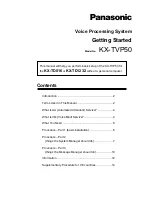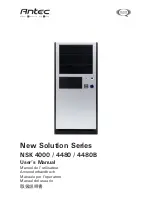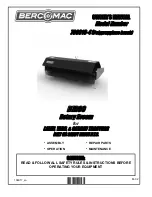
6
Free zones
Free zones refer to areas around the sensor which must be kept free of metallic materials in order not
to compromise with the operating principle of the device.
With inductive sensors, a distance of at least three times the nominal sensing range must be main-
tained between a metallic material and the sensing face. The correct installation of non-flush mounta-
ble sensors also requires that there is no interference material within a distance less than the diameter
of the detection face. The sensing face projects out of the metallic environment by twice the length of
the nominal sensing range of the sensor.
d
d
≥ d
d
d
≥ 2 x d
d = diameter of the
sensing face
(details in data sheet)
S
n
= Nominal sensing range
(details in data sheet)
≥ d
≥3 x S
n
≥2 x S
n
≥3 x S
n
non-flush
mountable sensor
flush
mountable sensor
Flush and non-flush mountable
In principle, “flush” and “non-flush” mounting are only of relevance in metal environments. All non-met-
als such as plastics, wood and glass have no influence on the mounting.
With flush mountable sensors, the sensing face of the sensor may be aligned level with the metal
installation environment. Needless to say, these sensors can also be mounted in a non-flush manner.
Sensors which are non-flush mountable, on the other hand, must not be installed level with the sur-
rounding metal surface. The metallic installation environment would cancel out the sensor’s alternating
field and cause the sensor to switch continuously.





































